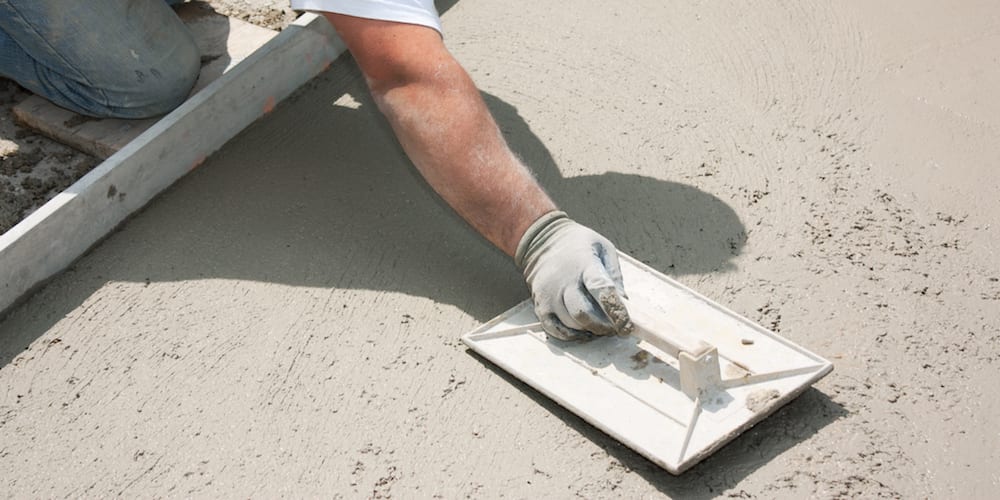What is Reinforced Concrete vs. Prestressed Concrete?
If you’re planning to build a big project, finding the proper materials is crucial. So, just what is reinforced concrete and what is prestressed concrete? Both forms of concrete are reinforced with rebar, or longitudinal and transverse steel bars. These bars strengthen the concrete when it’s under heavy stress, which helps to keep your construction solid and secure. However, these composite materials differ in ways that can have a significant impact on your final outcomes. Let’s go into the uses of reinforced concrete and prestressed concrete.
What is Reinforced Concrete?
Reinforced concrete is one of the most widely used composite materials in construction. It’s easily workable, it’s strong, and it’s available just about everywhere. When using reinforced concrete, steel bars are placed into the formwork ahead of time. Concrete is poured over the formwork, and vibrations remove air pockets while evenly distributing the materials. Because the concrete is poured into a customized form, it allows the builder to choose both conventional and unconventional shapes – which can really open up your architectural options. Some of the most common uses of reinforced concrete include:
- – Columns
- – Beams
- – Foundations
- – Dams
- – Bridges
- – Highway paving
- – Sidewalks
What is Prestressed Concrete?
- – Pre-Tensioned Concrete: Tendons are tensioned before the concrete is cast.
- – Bonded Post-Tensioned Concrete: Tendons are bonded after tendon tensioning.
- – Unbonded Post-Tensioned Concrete: Tendons retain free movement relative to the concrete, moving inside a plastic coating with lithium-based lubrication.

Find Out More with The BrickKicker
The BrickKicker is here to help with all of your construction and inspection needs. We offer our expertise in both residential and commercial markets. Feel free to contact us with your questions and we’ll be happy to help.